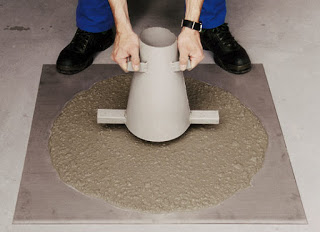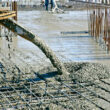What happens when super plasticizer is added to concrete?
Since from the start the concrete has gone through several tests, experiments and additions in order to make it suitable for some specific situation and specific condition where normal concrete is not considered feasible or effective.
Admixtures are basically chemicals or compounds that are added in suitable proportion into the concrete in order to change and vary some specific property of concrete like hardening of concrete, initial setting of concrete, strength, workability etc. Admixtures although a little expensive but are always been a source of benefit for the contractor.
You might have heard about the word “Superplasticizer”, Do you want to know what actually it is? How it performs its operation in the concrete.
Superplasticizer in a simple word is a chemical that reduces the water-cement ratio or in other words reduces the quantity of water needed for workability and in the same time increases or enhances the workability of concrete without reducing the strength instead increasing it enabling the production of self-consolidating concrete and high performance concrete.
Superplasticizers are also sometimes termed as high range water reducers, they produce well-dispersant suspension reducing the possibility or segregation, improving flow characteristics i.e. workability and slump and also reduces the water to cement ratio.
You might have observed that if you have a tub of water and your pour small amount of cement mortar, immediately the fine particles less than 125 microns get dispersed showing some of kind of charge that is induced on them when they are in the clinker phase.
There are actually different phases of concrete including aluminate phase and silicate phase. In case of cement, positive charge gets activated on aluminate phase while negative charge gets activated on silicate phase. As superplasticizers are negatively charged particles, they will induce negative charge on aluminate phase and increase negative charge of silicate phase and thus producing repelling instead of attraction due to which well-repulsed and well dispersed mixture is prepared in which cement is uniformly distributed throughout the concrete or cement mortar.

















